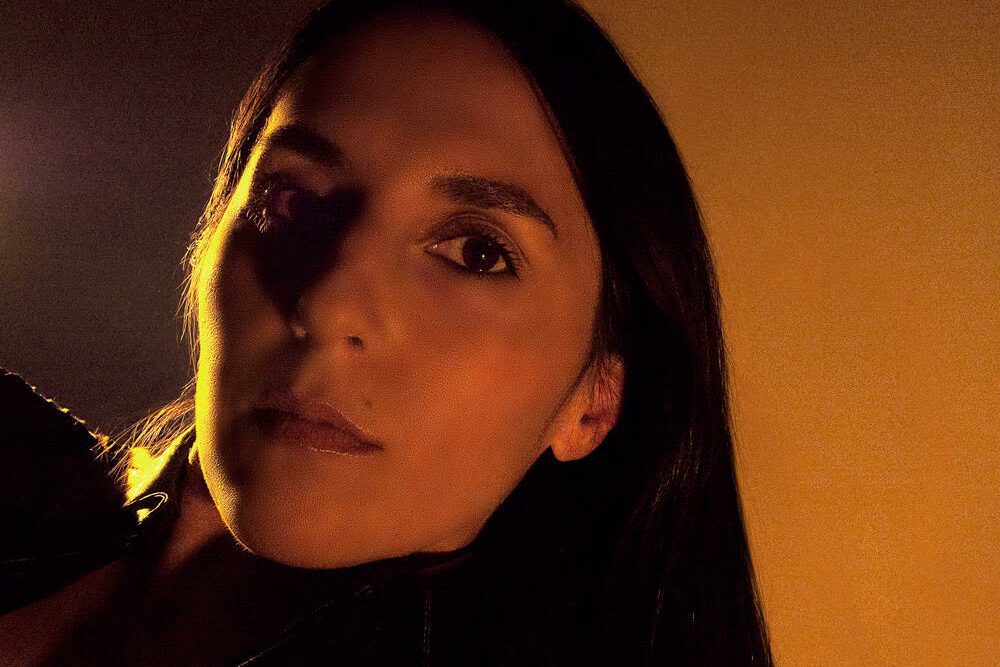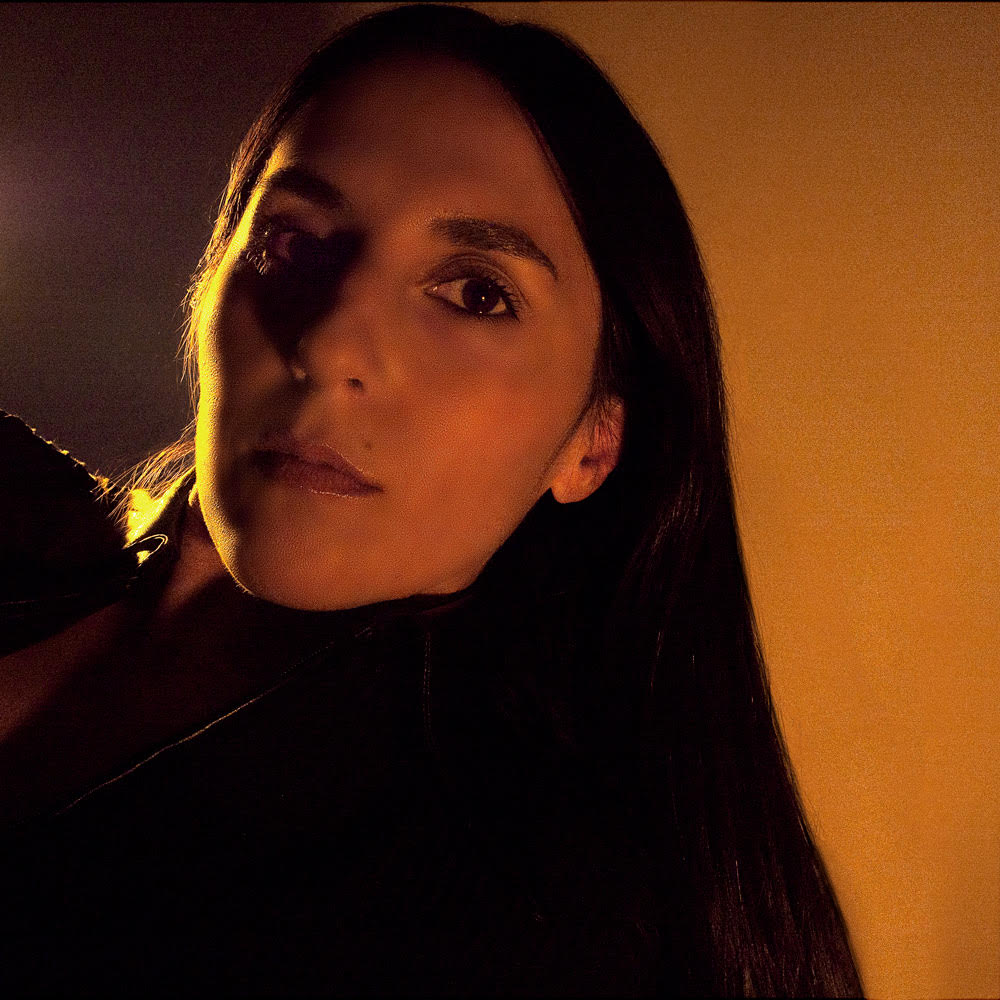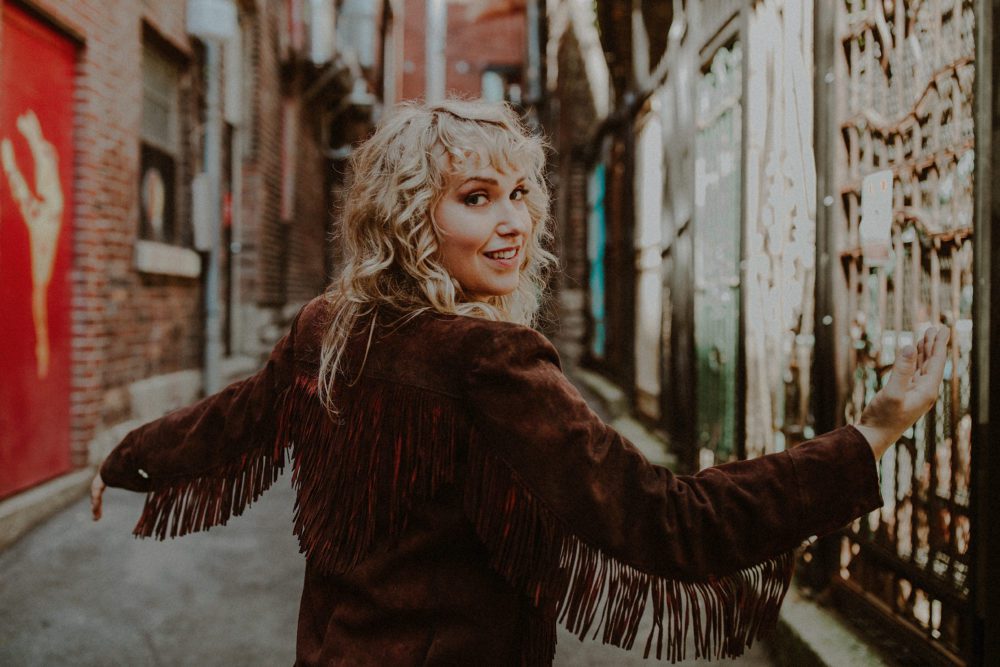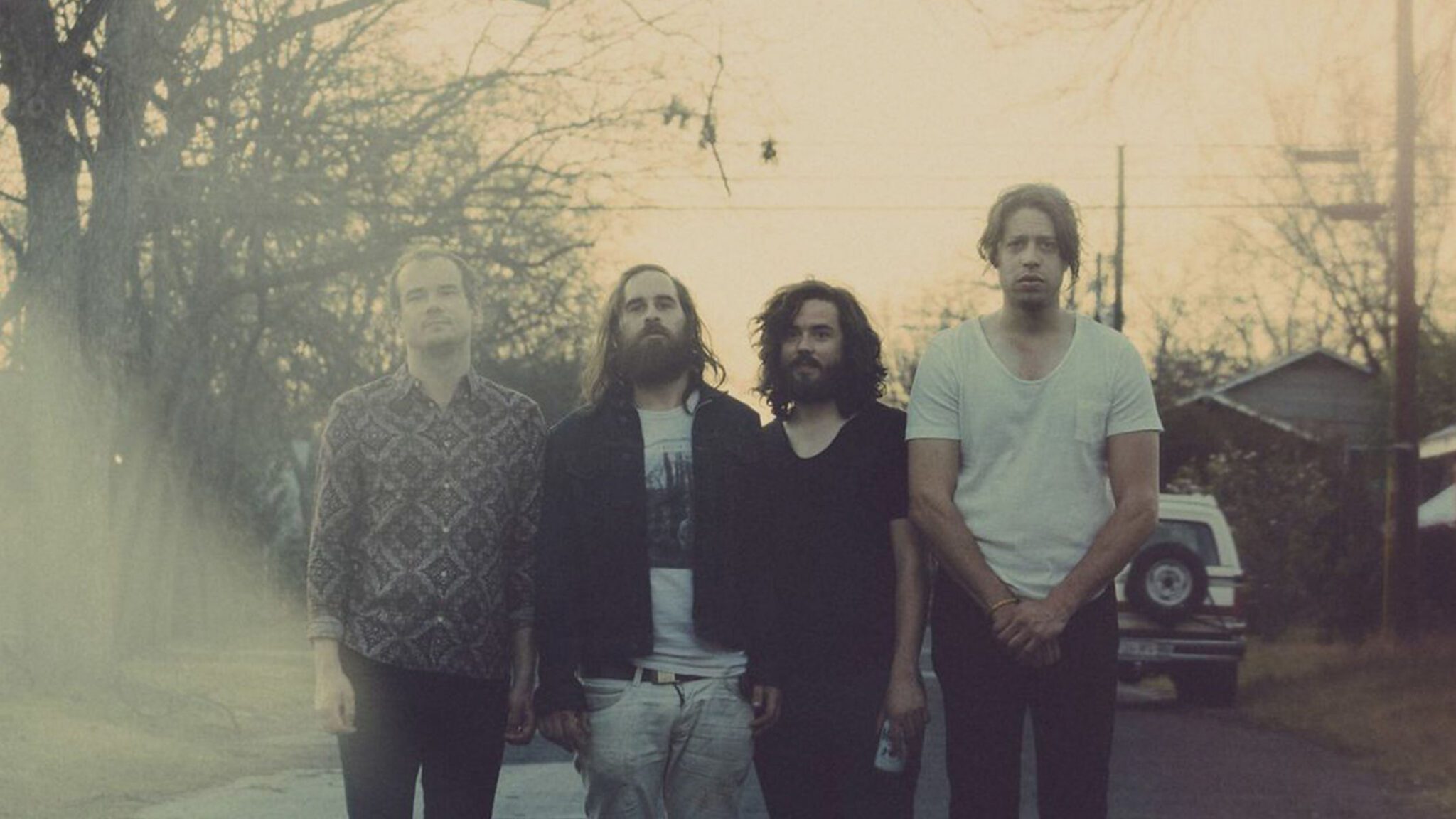Ramona Gonzalez Brings Academic Study to Nite Jewel with Comeback LP No Sun


Nearly two weeks have passed since the release of No Sun, Ramona Gonzalez’s fifth full-length album as Nite Jewel, when Audiofemme catches up with the L.A.-based singer/composer/producer by phone. In that time, Gonzalez celebrated the release of her latest album with a hometown show at Zebulon, then crossed the country for a gig at Baby’s All Right in Brooklyn.
“It was kind of weird, honestly, to perform in a live venue space,” says Gonzalez by phone. “With COVID and everything, I hadn’t been used to being around that many people. Also, I hadn’t performed in three years and I’ve definitely never performed my new songs.” It took a lot of preparation, she says, plus plenty of focus, to make those shows a reality. “Just figuring out even the basic execution of doing these songs live was a lot,” she says.
On No Sun, Gonzalez leans into the lament. Among her goals was an ambition to make an album that was less closely associated with dance music as her previous efforts have been. Here, she flexes the breadth of her skills, from the rich electronic layers of “Anymore” to the gentle groove of her cover of Sun Ra’s “When There Is No Sun.”
Gonzalez began work on the album in early 2018 and spent about half a year playing with instrumentation that she had in mind for the new body of work. By that summer, her life was in flux. She split up with her partner and moved out of their home. At the same time, she began writing lyrics for the album. Then, two months later, she entered UCLA’s prestigious musicology department to begin her PhD. “It was a lot, but I kind of thrive in chaos,” she says. “I’ve always been sort of surrounded by chaotic situations, ever since I was growing up. I’ve used music as a way to center myself and I know that I can handle it.”
She adds, “In a way, having that PhD program as a landing pad, just having to be somewhere every day, really helped my struggle with how depressed I felt, how sad I felt. It centered me.”
Her headspace at the time no doubt played into the area of interest she gravitated toward academically. “At first, it was just the idea of women singing sad songs, like pop stars doing so, and why nobody really writes about that in musicology,” she says. “Of course, I had been writing sad songs myself, so I would be interested in my own process of writing No Sun.”
Gonzalez began by looking at the global tradition of female laments, where much has been written. Academic work focused on contemporary pop laments, though, were lacking. “I thought to myself, maybe I need to fill that gap and maybe I could use No Sun as a way to help me think about the creative process for these singers,” she says. “It was almost like the studies reflected back on my album and I was able to see it in a new light and see the different layers in it and analyze it as a musical case study almost.”
It’s subject matter that would resonate with anyone who follows 20th and 21st century popular music. Think a minute about dance floor anthems, like Gloria Gaynor’s “I Will Survive” or Robyn’s “Dancing on My Own.” They can be incredibly sad, but they still drive people together on the floor, dancing like it’s a way to free themselves of their own pain. “It’s almost culturally inscribed into our human DNA to utilize songs of women singing about their grief to process our own collective grief. That is something that has always been true, since forever,” says Gonzalez. “It’s not culturally specific, it exists in every single culture. It’s a ritual practice that is performed all over the world.”
Even in the modern world, that holds true. “In the popular imagination, the dance club is kind of like a church and when you play these songs that are really about anguish, we have the reflexive knowledge to process our grief when we hear them.”
Gonzalez studied the tropes or signals that musicians use to prompt listeners to recognize sadness in song. She was able to take that knowledge and apply it to her own music. An example she mentions is “Before I Go,” the second song on the album. “I wasn’t thinking about what lament trope am I going to put into the song or anything like that,” she says. Upon reflection, though, Gonzalez noticed that she had invoked the kind of progression that might indicate a lament or dirge. “I didn’t know it at the time that I was doing that, but that’s where my hands went and that’s a testament to the fact that these tropes are part of what musicians do to communicate an emotion or affect,” she says.
As Gonzalez continued to refine the album through 2019, she also began teaching songwriting at Occidental College in Los Angeles. At the time, she was taking students through the fundamentals of songwriting as illustrated through various musical eras. Meanwhile, as a musician, she was taking a different approach. “At least for me, I’m bursting open the whole idea of what I thought a song was,” she says of No Sun.
Her experiments worked. For one thing, Gonzalez surmises that the album has prompted listeners to take notice of her composition and production skills. “It’s a nice feeling that people recognize that,” she says, adding that overall reaction to her latest collection has been good.
“It doesn’t seem like anybody misunderstood the record,” she says. “Even if they didn’t like it, or it didn’t resonate with them, it doesn’t seem like it was misunderstood, which has happened to me a lot in the past.” On No Sun, Gonzalez has managed to bridge the gaps between academic study, creativity, and emotional intelligence to continue the lineage of the lament in her own way, and in so doing, has tapped into an instantly recognizable facet of the human condition.
Follow Nite Jewel on Facebook and Instagram for ongoing updates.




